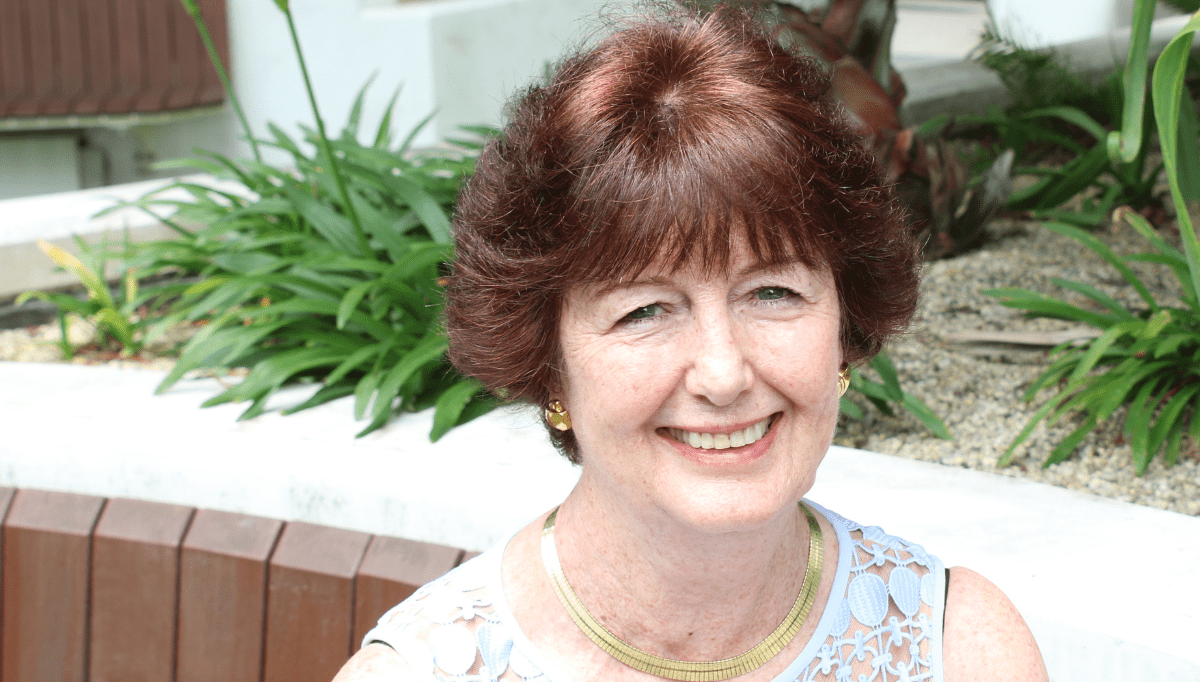Professor Parker's promising breast cancer research
04 September 2024
In recent years, breast cancer treatment and survival rates have improved. But if that cancer has spread, or metastasised, particularly to the bone, there’s a challenge.
Cancer can spread to almost any part of the body. But certain cancers are more likely to spread to particular areas, and breast cancer most commonly spreads to the bone. There, it hides and becomes invisible to the immune system and treatments.
Peter Mac researcher Professor Belinda Parker and her lab have been working on this problem. She’s passionate about finding ways to make metastasised breast cancer cells visible to the body’s immune system so they can be successfully treated.
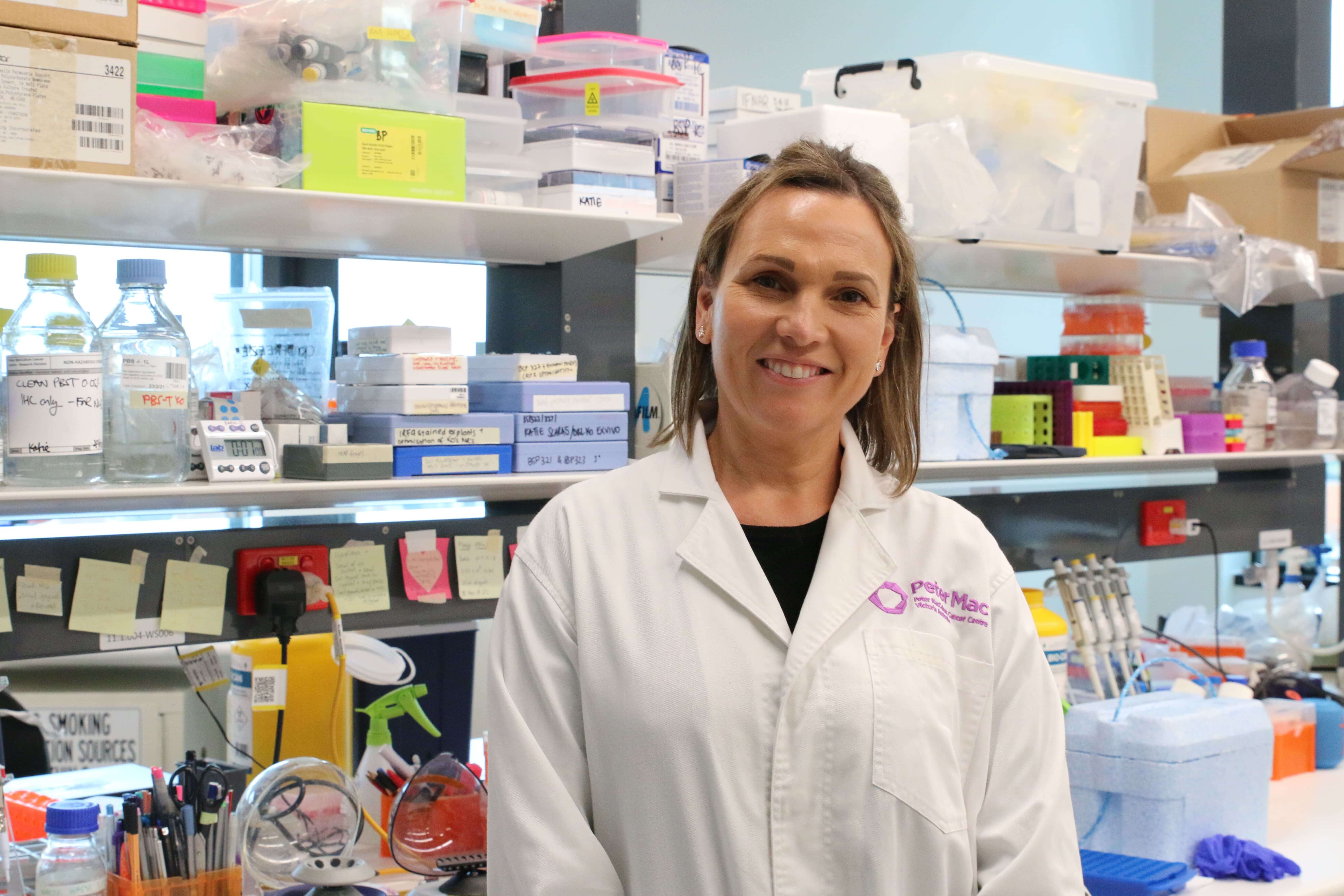
“It’s my passion to prove that by using an individual person’s actual cancer sample, that we can change the cancer’s visibility to the body. We can stop it from hiding from the immune system and enhance response to treatments,” Professor Parker shared.
For the 30% of women who develop metastatic breast cancer from previously early-stage breast cancer, the ground-breaking research of Professor Parker could be life-changing as well as life-saving.
Give to ground-breaking research
Treating and defeating metastasis
Metastasis is the spread of cancer – from one part of the body to another. It happens when cancer cells break away from the primary cancer, enter the blood or lymphatic system and spread into other areas.
Once these cancer cells have spread, they are often difficult to treat and can be impossible to cure.
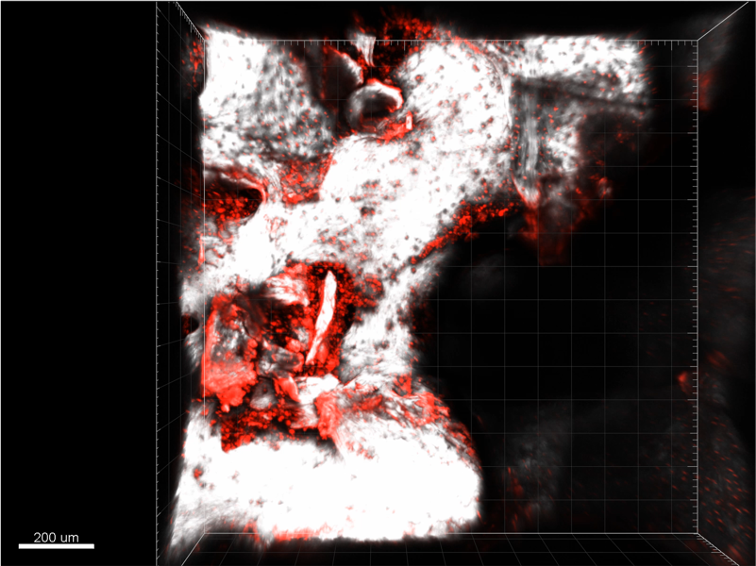
Which is why the work of Peter Mac researchers like Professor Parker is so vital.
“Bone metastasis is one of the major focuses of my lab. It’s most common in hormone receptor-positive women – women whose cancer cell growth is driven by hormones. Currently there is no cure for cancer that has spread to the bones, but treatments can still help reduce pain and other symptoms – and give people more time,” Professor Parker explains.
“But with the help of my team, I’m looking at novel ways to target these advanced cancers therapeutically, by investigating ways to make these metastasised cancer cells visible to the body.”
To do this, Professor Parker has worked with her team and leading engineers to develop a world-first bone scaffold.
This scaffold – which allows bone cancer to grow outside of the body and be better studied – holds a lot of promise for people living with bone cancer, as Professor Parker shares:
“Using the bone scaffold, this is the first time we have been able to keep a bone metastasis sample taken directly from a patient alive – to see in real time whether we can change the biology of the cancer and make it visible to the body's immune system – using the knowledge we’ve already uncovered in the lab. Biology that tells us why cancers hide from the immune system in the bone, and how we can target those by turning the immune pathways back on.”

Ground-breaking and life-saving cancer research like Professor Parker’s needs your support. Donate now to help discover new cancer treatments and cures.
Switching on the immune system
Professor Parker has developed an understanding of how metastasised breast cancer cells make themselves invisible to the body’s own defences – its immune system.
“These cancer cells block themselves from being visible to the immune system in every case. And now we know what’s needed to turn cancer-specific immunity back on involves type I interferon signalling.
“Interferons are proteins that are secreted by a cell to activate the immune system. They are also important within the cancer cell, promoting the processing and presentation of cellular components on the cell surface to activate the immune system.
“But this pathway is completely lost in metastatic breast cancer. Which means that not only are the cells ‘invisible’, but also you don't get the immune system activated. These particular proteins are really important in activating an immune response against the cancer.”
Now, Professor Parker’s research offers promise and potential to turn the immune pathways on – and save lives.
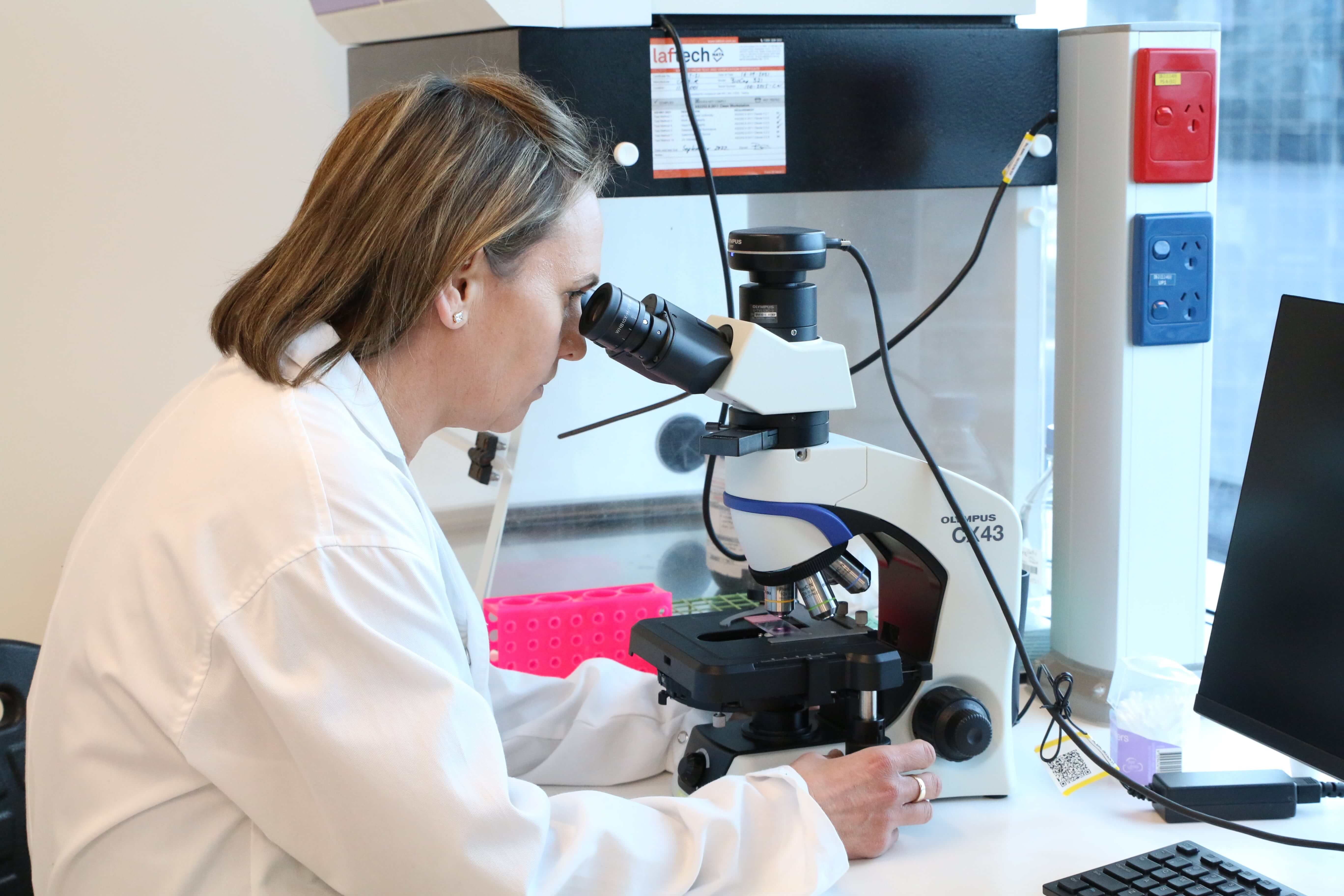
“We believe that by turning these immune pathways back on in the cancer cells, we can actually target the cells using the patient’s own immune system. And the thing is, most of the therapies that are given today – like chemotherapy, radiotherapy – actually work long term when the cancer-specific immune response is switched on.”
This process of using immune therapies has already shown success in treating metastatic melanoma. And, as Professor Parker described, activating your own body against cancer by making it visible to the immune system is the future – with more research.
“With melanoma, cancer cells are highly mutated from UV damage, very immunogenic and more easily recognised by the immune system – which is why unleashing the immune system works well in some patients. Whereas in metastatic breast cancer, the cells can be less visible and the success of immune therapies is poor,” Professor Parker explained.
“But I’m telling you that we can get them to work – by turning this biology back on. We’ve proven it.
“We’ve done work to show that if you turn this biology back on, you will get long-term response to therapies such as chemotherapy and immune therapies.”
Professor Parker is at the stage of proving that this type of treatment can work in patients. Your gift today can help researchers like her discover life-saving cures for all cancers.
The focus for the next 6–12 months
For Professor Parker and her team, the next six months are both critical and exciting. They have a successful model for growing patient bone tissue and can see its response in real time.
And that response is vital for this promising project, the bone scaffold prototype, and for the people it has the potential to help.
“The focus really is on the bone scaffold. We’ve had the prototype developed where we can actually grow these bones with the tumours in them over time, and deliver drugs and patient-matched immune cells.
“So, in the next six months, we’re going to know if our prototype is robust and how we can prove that we can successfully take those tumours from patients, keep them viable, make them grow and see changes in them that suggest they will be more responsive to therapy and immune destruction.”
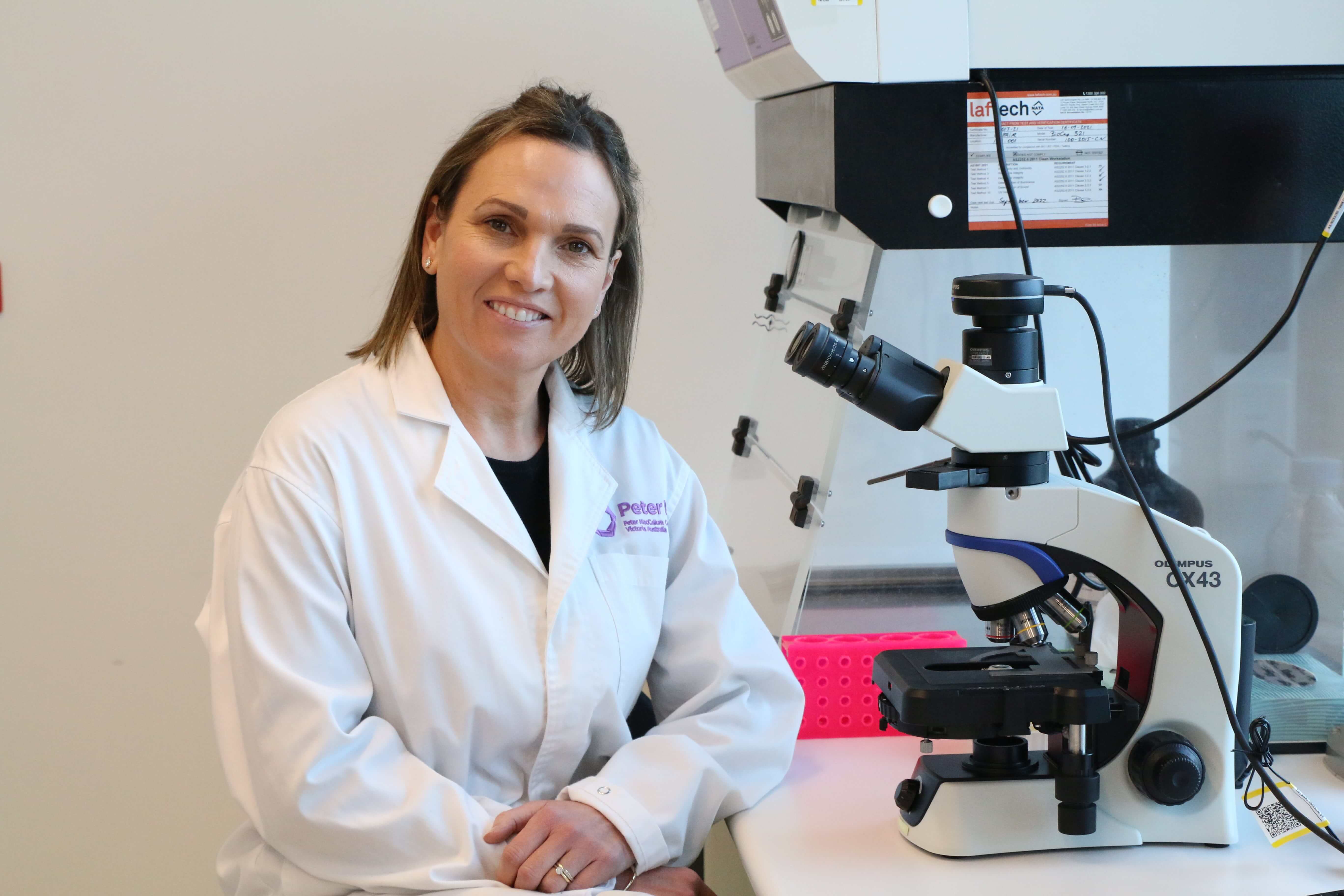
Cancer research at Peter Mac, like that of Professor Parker, has the potential to discover better ways to understand, treat and ultimately cure cancers. Including those cancers that have metastasised.
But without support, without funding, projects like this risk being put on hold or abandoned altogether.
Your donation to Peter Mac today can accelerate vital cancer research like Professor Parker’s, giving people more options, and more time.
Thank you for your life-saving support

Professor Parker is just one of the many leading cancer researchers at Peter Mac whose work is made possible through support like yours. Something she is extremely grateful for:
“Your generosity drives research. The team and I probably wouldn't have been able to develop this bone scaffold – and see such promising outcomes – without people like you. I can’t thank you enough for getting us to this point where we have the potential to change the game and make the most impact and the biggest difference for patients.”
Your kind support gives us all hope for discovering more life-saving cures to give people with cancer more options – and time.

